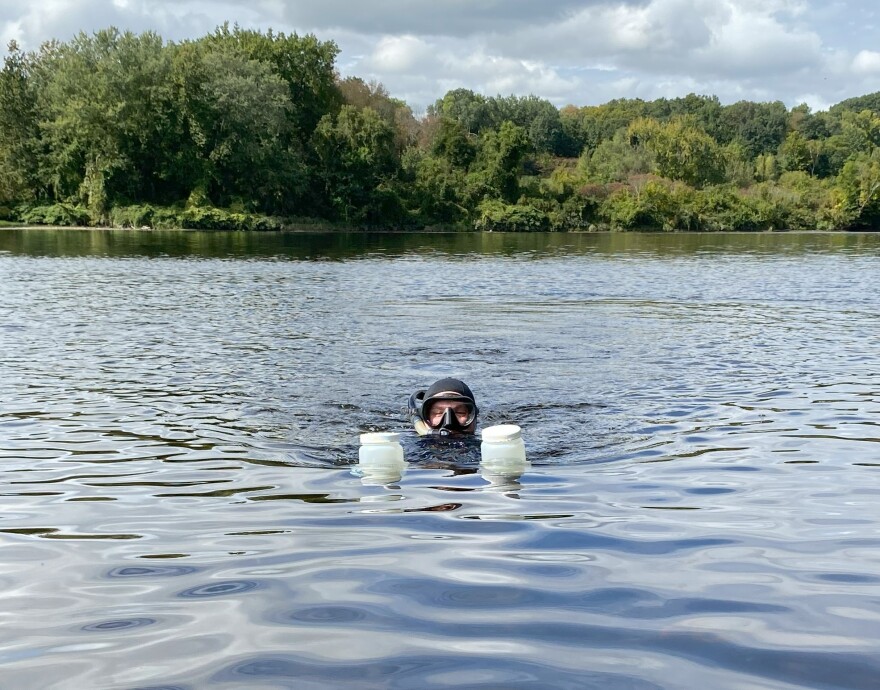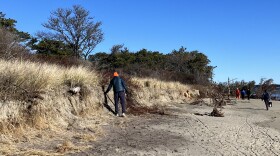For years, reports have come in from southern Vermont of potential sightings of a prehistoric fish called shortnose sturgeon. The species is covered with bumpy ridges, can grow nearly the length of a bathtub, and predate most animals alive today. But no sightings of the federally endangered fish had been confirmed.
“They weren't considered to exist in Vermont waters,” said Kate Buckman, a scientist at the Connecticut River Conservancy.
That was until this summer, when Buckman and her research team found genetic evidence of the fish in several stretches of the Connecticut River between the Turners Falls dam in Massachusetts and the dam in Bellows Falls.
“The fact that our samples, that we got positive detections from, came from different sampling dates and different sampling locations, indicates that there’s likely more than one fish within these reaches,” said James Garner, a Ph.D. candidate at UMass Amherst, who worked on the project.
“It's not just one fish,” Buckman added. “We can say it's not just one fish, but we can't give you a number.”

The team spent weeks cruising over 40 miles of the Connecticut River to collect water samples. Garner would dive to the river bottom, where sturgeon search for food. He said the experience was thrilling.
“There's some places where I'm swimming all the way down to the bottom of the river, free diving, where there isn't any sunlight above me,” he said. “I have to go using a dive light to find where the bottom of the river is, and then open a bottle at the bottom, and then swim back up, and then hand it off to Kate and do it again.”
In those bottles, he was looking for genetic material from shortnose sturgeon, using a technique called environmental DNA, or eDNA.
“I can’t really overstate how powerful this technique is,” Garner said. “You really only need to capture one cell or sometimes even less — like parts of a cell that you can then isolate, amplify and identify.”
Now, he and Buckman are analyzing water samples collected in September to see where else the sturgeon might be, and make a rough estimate of the size of a population, if they can get enough data.
That work could help make the case for more habitat protections in this stretch of the Connecticut River, Buckman said.
“If we aren't acknowledging that the fish are there in the first place, none of that gets put into play."
Have questions, comments or tips? Send us a message.




